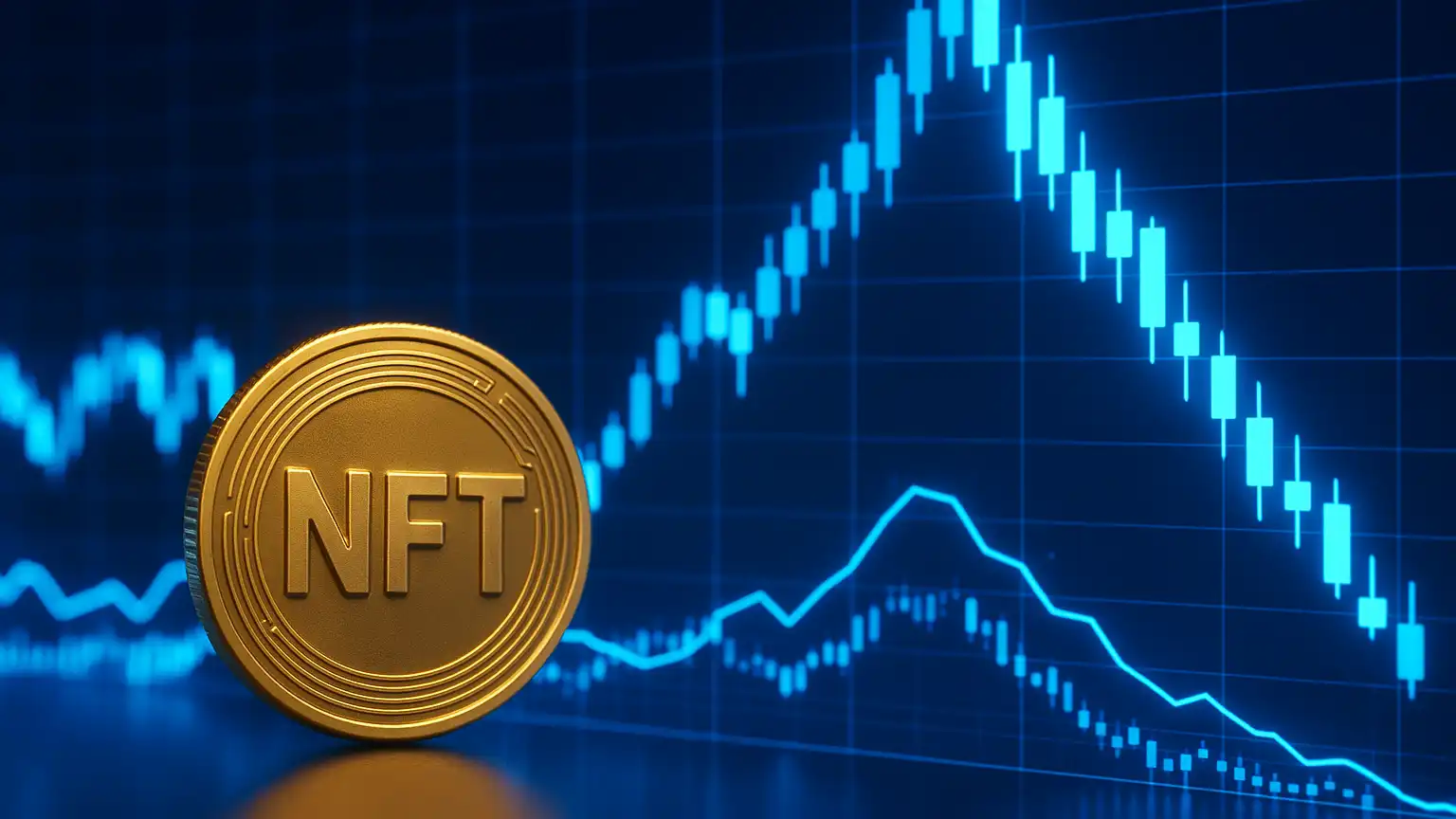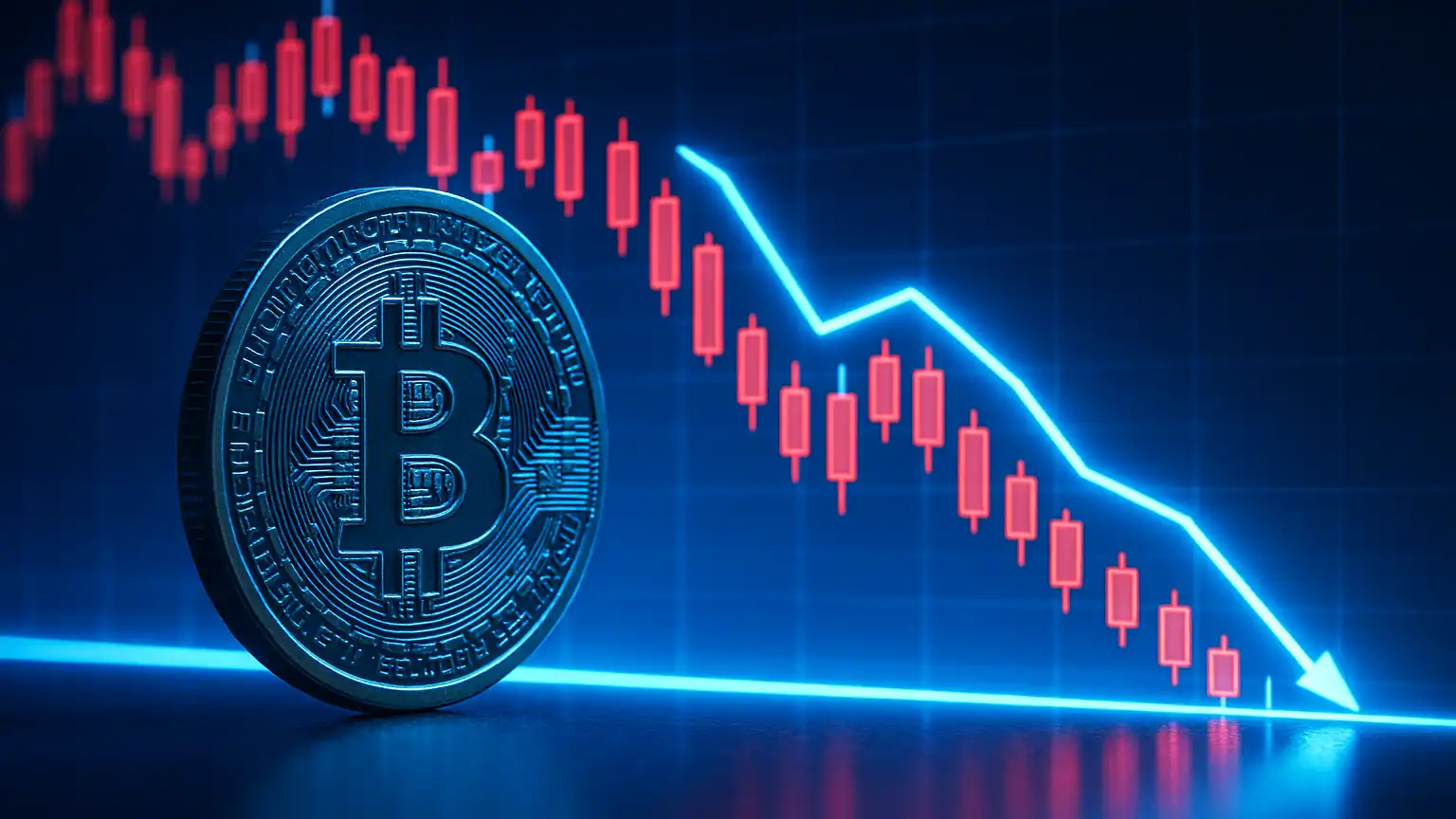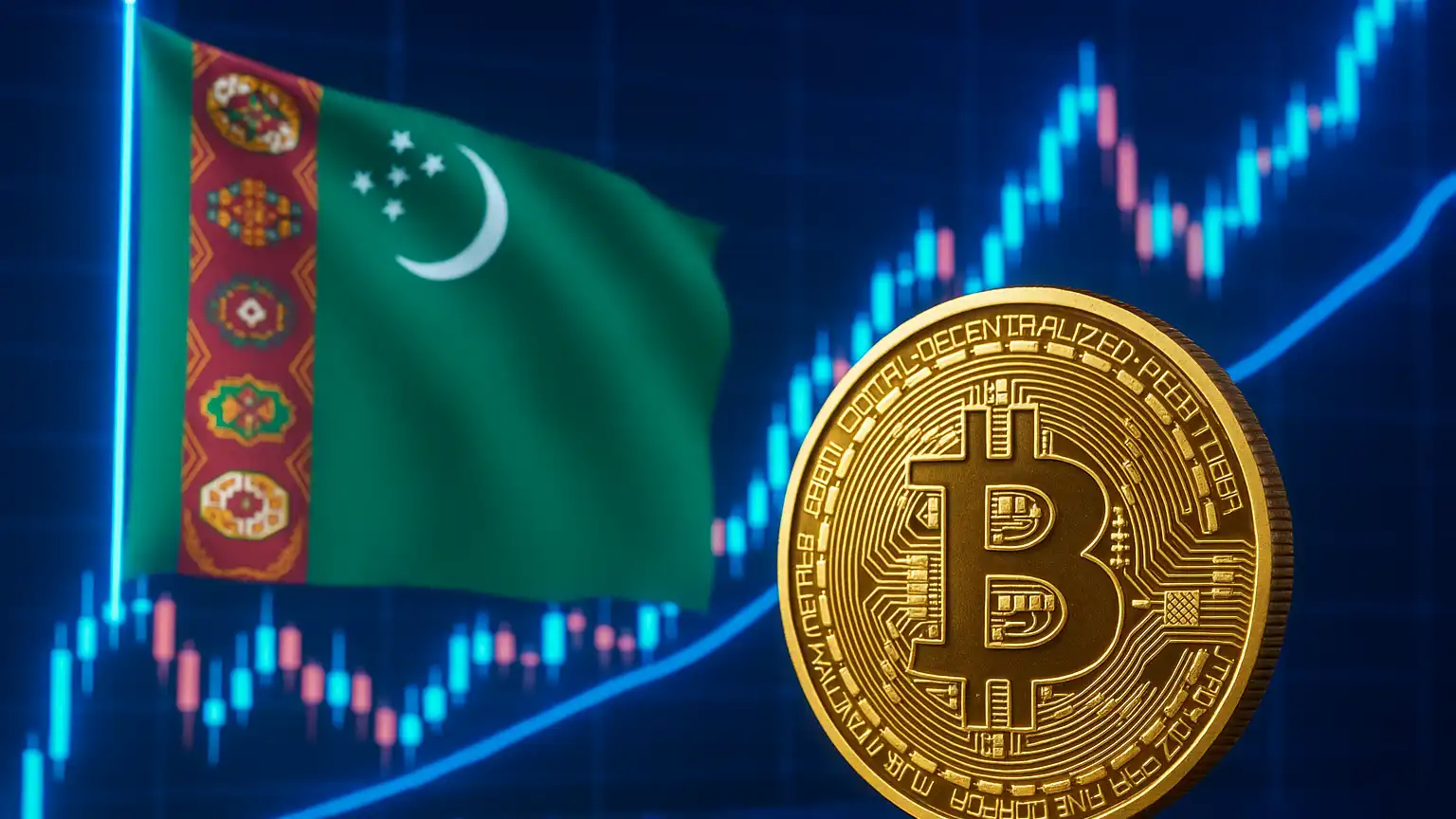The Non-Fungible Token (NFT) market has experienced significant fluctuations in recent months, with Ethereum-based collections playing a pivotal role in these dynamics. July 2025 marked a notable resurgence in NFT activity, followed by a sharp decline in early August, raising questions about the sustainability and future trajectory of the NFT ecosystem.
July 2025: A Resurgence in NFT Activity
In July 2025, the NFT market witnessed a substantial revival, with total sales surging to over $574 million—a 47.6% increase from June’s $388.9 million. This figure represents the second-highest monthly volume of the year, trailing only January’s peak of $678.9 million. Despite a 9% drop in the number of transactions, which fell to five million, the average sale value climbed to $113.08, the highest in six months. This trend suggests a growing appetite for higher-value assets among collectors and investors. ([cointelegraph.com](https://cointelegraph.com/news/nft-sales-july-2025-second-highest-average-sale-value?utm_source=openai))
Ethereum-based collections dominated this resurgence. The price of Ether (ETH) surged to over $3,900 during this period, a 62% increase from its August 1 price of approximately $2,400. This rally positively influenced the valuations of Ethereum-based NFTs. Notably, all of the top 10 collections by market capitalization were Ethereum-based, with CryptoPunks leading the pack, generating over $69.2 million in 30-day trades. Pudgy Penguins followed with $55.5 million, showcasing remarkable growth with a 65.44% increase in floor prices during July. ([cointelegraph.com](https://cointelegraph.com/news/nft-sales-july-2025-second-highest-average-sale-value?utm_source=openai))
Early August 2025: A Sharp Decline
Contrasting the July resurgence, early August 2025 saw a significant downturn in Ethereum’s NFT activity. On August 1, only 1,127 NFTs were recorded on the Ethereum network, marking the lowest figure in the network’s history. This sharp decline underscores the volatility and unpredictability inherent in the NFT market. ([cryptopotato.com](https://cryptopotato.com/ethereum-nft-activity-plummets-to-lowest-level-ever-recorded/?utm_source=openai))
Analysts attribute this collapse to several factors, including fading investor enthusiasm, an oversupply of low-quality collections, and a decisive liquidity shift toward newer narratives such as Layer 2 DeFi innovations and real-world asset tokenization. Despite the broader crypto market showing signs of recovery in 2024 and 2025, NFTs have struggled to recapture the momentum seen during the 2021-2022 boom. ([cryptopotato.com](https://cryptopotato.com/ethereum-nft-activity-plummets-to-lowest-level-ever-recorded/?utm_source=openai))
Market Dynamics and Future Outlook
The contrasting trends observed in July and early August highlight the complex and rapidly evolving nature of the NFT market. The July resurgence was characterized by a consolidation among buyers, with fewer participants making larger purchases. Unique buyers dropped by 17% to 713,085, while unique sellers increased by 9% to 405,505. This imbalance suggests that the market is maturing, with a focus on high-value assets and established collections. ([cointelegraph.com](https://cointelegraph.com/news/nft-sales-july-2025-second-highest-average-sale-value?utm_source=openai))
However, the sharp decline in early August raises concerns about the sustainability of this growth. The NFT market’s volatility is influenced by various factors, including market sentiment, regulatory developments, and technological advancements. As the market continues to evolve, stakeholders must remain vigilant and adaptable to navigate the challenges and opportunities that lie ahead.
Conclusion
The recent fluctuations in Ethereum’s NFT activity underscore the market’s dynamic and unpredictable nature. While the July resurgence offered a glimpse of renewed interest and investment in NFTs, the subsequent decline in early August serves as a reminder of the challenges facing the sector. As the NFT ecosystem matures, it will be crucial for participants to focus on quality, innovation, and sustainability to ensure long-term growth and stability.



